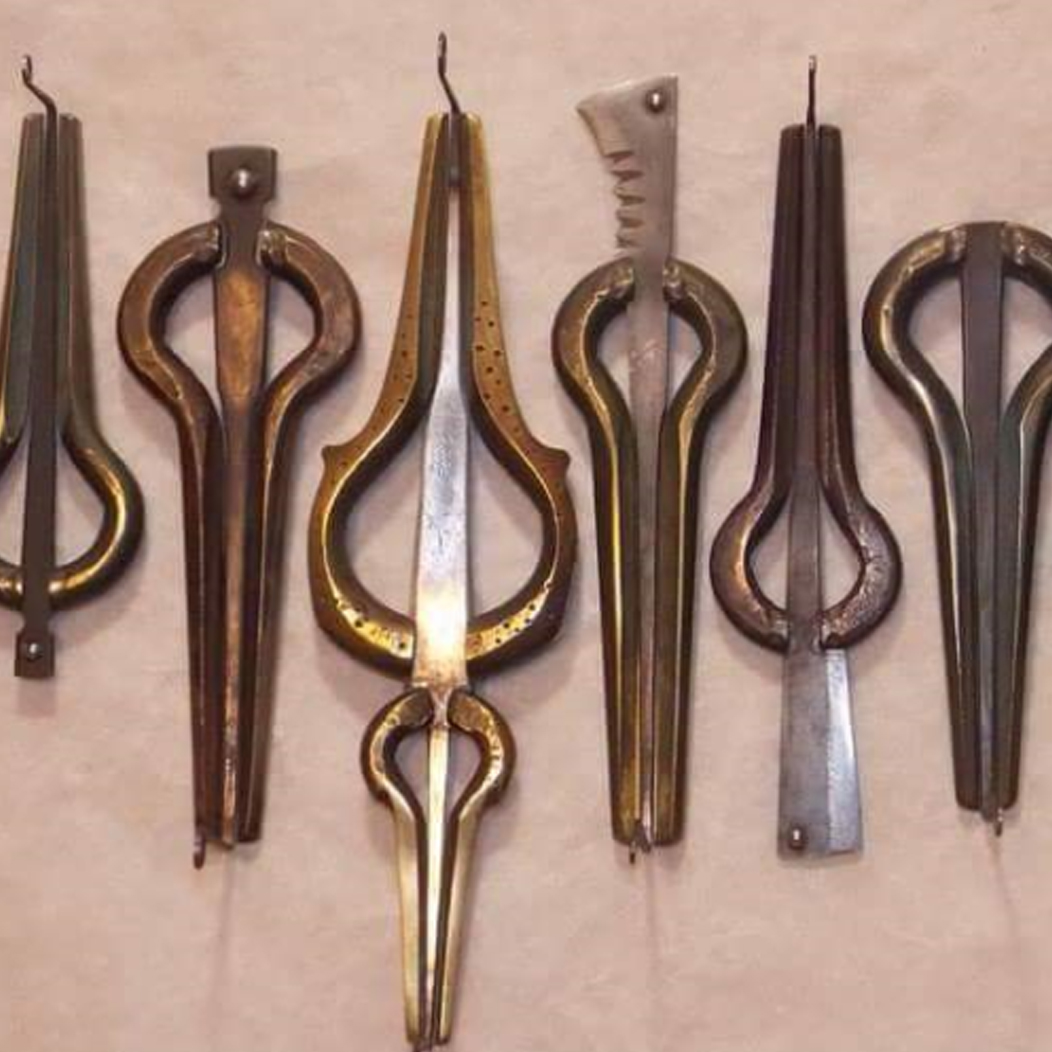About Morsing

The Morsing is a percussion instrument, identical to the jew's sharp. It is an ancient instrument with a nasal, twangy sound.

CONSTRUCTION
The Morsing consists of a 'tongue' of springy metal that is supported with in a circular ring of iron which forms a frame. The 'tongue' is slightly curved at the free end and protrudes beyond the ring at the other end.
A Morsing is a percussion instrument, mainly used in Carnatic music concerts. It can be categorized under percussion instrument in India and as a melody instrument in other countries, which is in the category of plucked instrument. It consists of a metal ring in the shape of horseshoe with two parellel forks which form the frame, and a metal tongue in the middle between the forks , fixed to the ring at one end and free to vibrate at the other. The metal tongue is bent at the free end in the plane perpendicular to the circular ring so that it can be struck and is made to vibrate. This bent part is called the trigger.
The Morsing is an Indian version of Jew's harp. Its origin in India is not very clear though many myths and stories prevail. In India it is found mainly in South India, Rajasthan and also in some parts of Assam. In South India, where it is called Morsing ,Mourching and Morching . It features in Carnatic concerts and percussion ensembles as a solo instrument. In Rajasthan , it is called Morchang and is used as percussion instrument in folk music.
What is Morsing?
The Jews harp is an ancient musical instrument which is widely spread over the entire Eurasian continent but in some other regions of our planet, too. The sounds of the Jews harp come from its reed when it vibrates through its frame which is attached to slightly opened teeth or lips. The jews harps reed or tongue vibrates into your mouth where the sounds are resonated where it is possible to modulate the sound further by changing the size of the mouths cavity. Doing so it is possible to modulate many overtones/harmonics out of the keynote( which is the frequency its reed vibrates) of the Jews harp. Applying various plucking and breathing techniques you can create many sounds and rhythmic effects with the Jews harp.
This tiny instrument is held in the left hand, the ‘prongs’ against the upper and lower front teeth! Some players hold the instrument between their teeth. It must make firm contact, but do not press too hard or you will give yourself toothache and potentially damage your teeth — lightly but firmly The tongue, which protrudes from the mouth, is made of spring steel. This is plucked with the Index finger of the right hand (backwards, not forwards) while the tone and timbre are adjusted by changing the shape of the mouth cavity and moving the tongue — kind of speaking silently, effectively. Further control of the sound can be achieved with the breath, but extensive use of this technique for fast, staccato effect quickly results in hyperventilation; it is better not to pass out on stage! Unusually for a percussion instrument, you can produce a very long duration note on the morsing by sucking air through it, sometimes (depending on the instrument) without even plucking it first. Like the mridangam, the morsing is tuned to the tonic, which means you have to have one for each sruti. Fine tuning is achieved by placing small amounts of bee’s wax on the end of the tongue.
Although a tiny and relatively quiet instrument, the morsing unmistakably adds to the music, reinforcing the sruti and providing a kind of textural as much as rhythmic accompaniment When it come to the thani it is as necessary to know your lessons as it is for any of the other instruments. Be glad if you grew up speaking "Telugu", or one of the worlds faster languages; it is not at all easy for a native English speaker to master konokol and, even when you have made some progress saying it it is so much harder as soon as you put the morsing to your lips! If you are buying in India then take the opportunity to acquire as many as you can (but do test for quality first). They look as if they will last for ever, but (especially the higher srutis) they do not.
Disclaimer:
Please note that This content is copyright protected. No one is allowed to copy and reproduce this without prior written consent from Mr. Morsing Sai.














